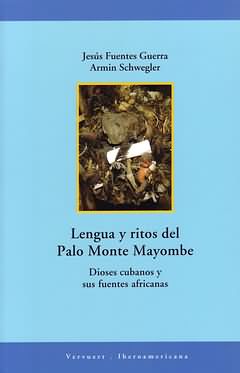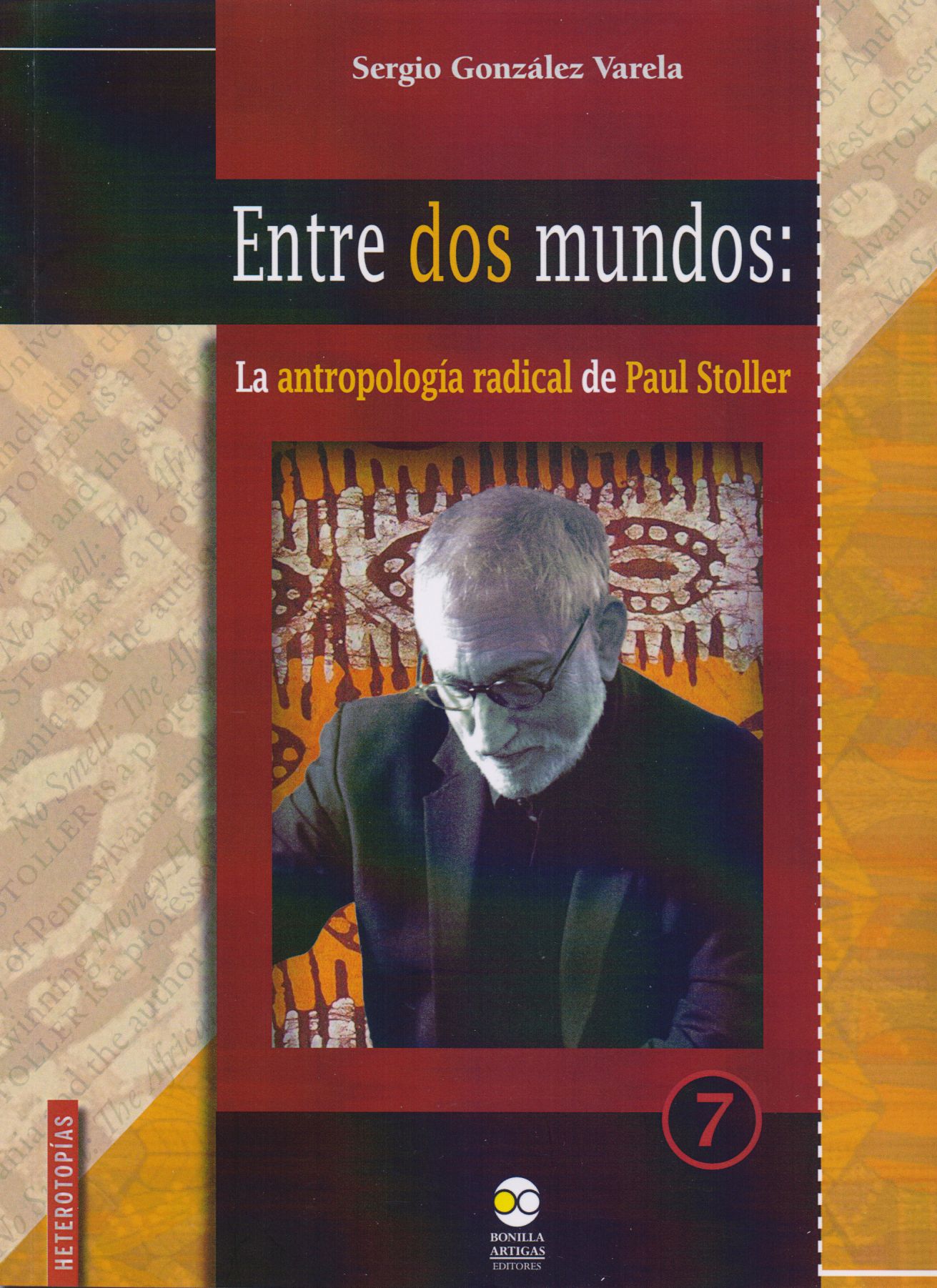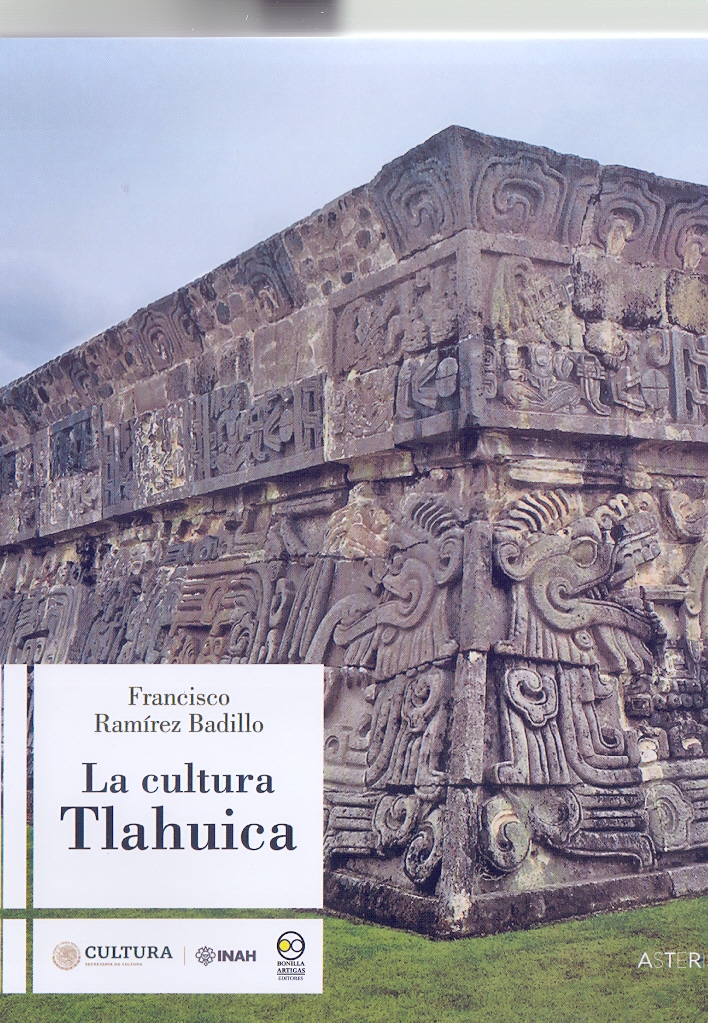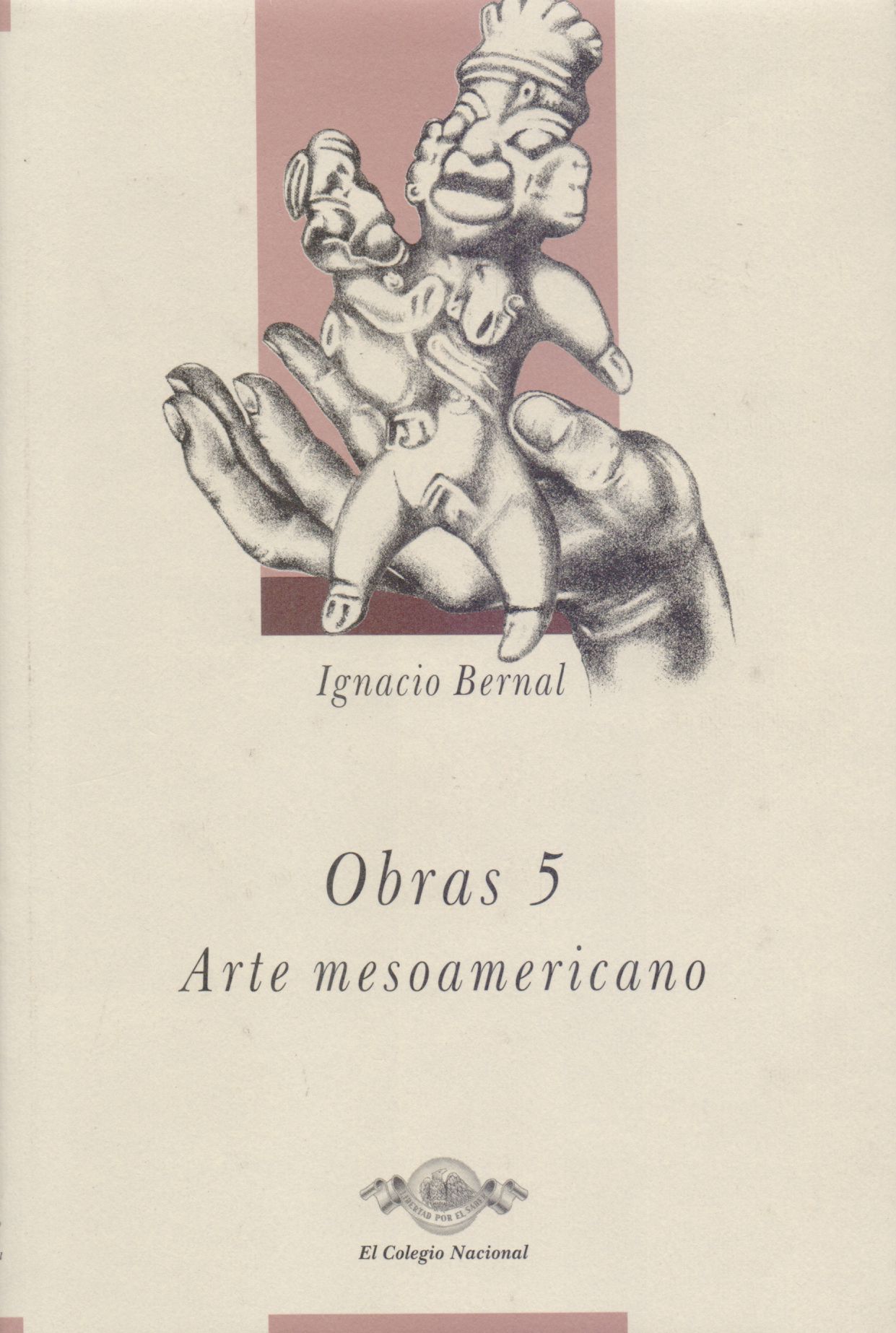Libros relacionados
 |
Ir y Venir: Reflexiones, Procesos y Perspectivas de Investigación Audiovisual Ricardo Cárdenas Pérez Bonilla Artigas Editores |
 |
Goles y Banderas: Fútbol e Identidades Nacionales en España Quiroga Fernández de Soto, Alejandro Marcial Pons |
 |
Lengua y Ritos del Palo Monte Mayombe: Dioses Cubanos y Sus Fuentes Africanas Fuentes Guerra, Jesús / Schwegler, Armin Iberoamericana Vervuert |
 |
Entre Dos Mundos: la Antropología Radical de Paul Stoller González Varela, Sergio Bonilla Artigas Editores |
 |
Introducción a la Antropología Cultural Phillip Kottak, Conrad Mc Graw Hill Interamericana de Mexico |


|
Título: Unmasking Class, Gender, And Sexuality In Nicaraguan Festival | |
| Autor: Borland, Katherine | Precio: $800.00 | |
| Editorial: University Of Arizona | Año: 2006 | |
| Tema: Antropologia | Edición: 1ª | |
| Sinopsis | ISBN: 9780816525119 | |
| Masaya, a provincial capital of Nicaragua, cultivates an aggressively traditional identity that contrasts with Managua's urban modernity. In 2001 the city was officially designated Capital of Nicaraguan Folklore, yet residents have engaged in a vibrant folk revival since at least the 1960s. This book documents the creative innovations of Masaya's performing artists. The first extended study in English of Nicaraguan festival arts, Unmasking Class, Gender, and Sexuality in Nicaraguan Festival is an ethnographically and historically grounded inquiry into three festival enactments during the Somoza, Sandinista, and Neoliberal periods: the carnivalesque torovenado masquerades, the transvestite Negras marimba dances, and the wagon pilgrimage to Popoyuapa. Through a series of interlinked essays, Katherine Borland shows that these enactments constitute a people's theater, articulating a range of perspectives on the homegrown and the global; on class, race, and ethnicity; on gender and sexuality; and on religious sensibilities. Borland's book is a case study of how the oppositional power of popular culture resides in the process of cultural negotiation itself as communities deploy cherished traditions to assert their difference from the nation and the world. It addresses both the gendered dimensions of a particular festival masquerade and the ways in which sexuality is managed in traditional festival transvestism. It demonstrates how performativity and theatricality interact to negotiate certain crucial realities in a festival complex. By showing how one locale negotiates, incorporates, and resists globally circulating ideas, identities, and material objects, it makes a major contribution to studies of ritual and festival in Latin America. | ||
Librería Bonilla SA de CV © Todos los derechos reservados. 2019
Última actualización: Jul 2019






